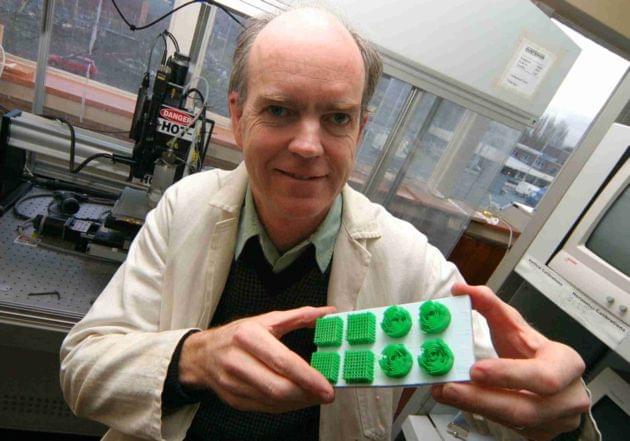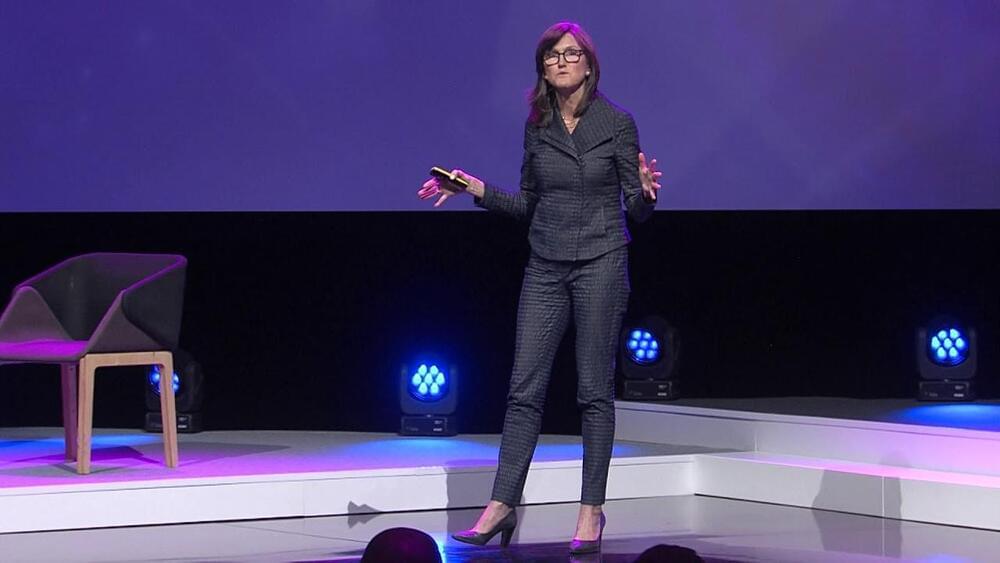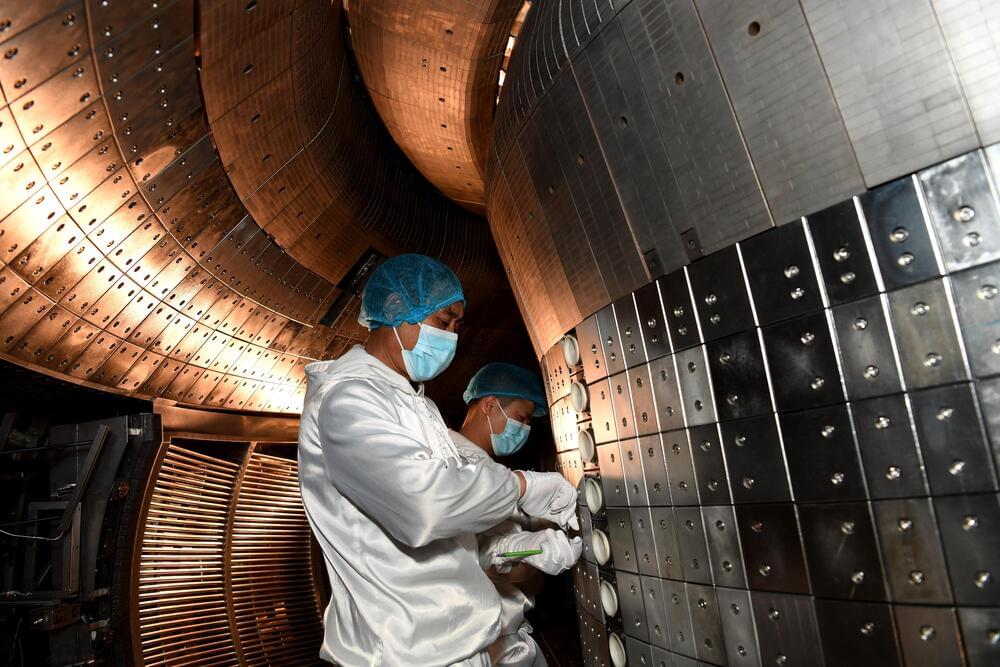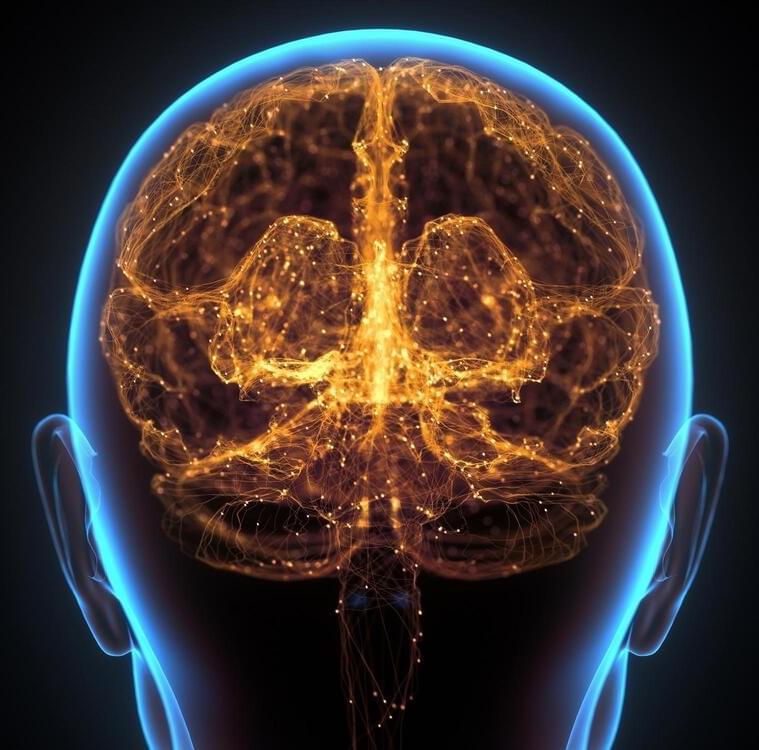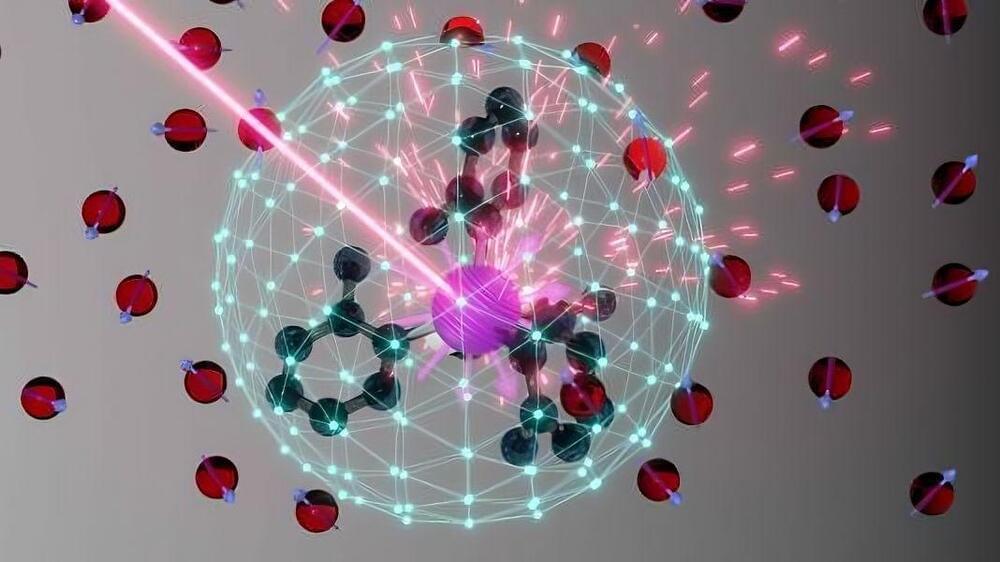Dec 7, 2022
Reconfigurable Compute-In-Memory on Field-Programmable Ferroelectric Diodes
Posted by Dan Breeden in categories: innovation, robotics/AI
The deluge of sensors and data generating devices has driven a paradigm shift in modern computing from arithmetic-logic centric to data-centric processing. Data-centric processing require innovations at the device level to enable novel compute-in-memory (CIM) operations. A key challenge in the construction of CIM architectures is the conflicting trade-off between the performance and their flexibility for various essential data operations. Here, we present a transistor-free CIM architecture that permits storage, search, and neural network operations on sub-50 nm thick Aluminum Scandium Nitride ferroelectric diodes (FeDs). Our circuit designs and devices can be directly integrated on top of Silicon microprocessors in a scalable process. By leveraging the field-programmability, nonvolatility, and nonlinearity of FeDs, search operations are demonstrated with a cell footprint 0.12 μm2 when p.

